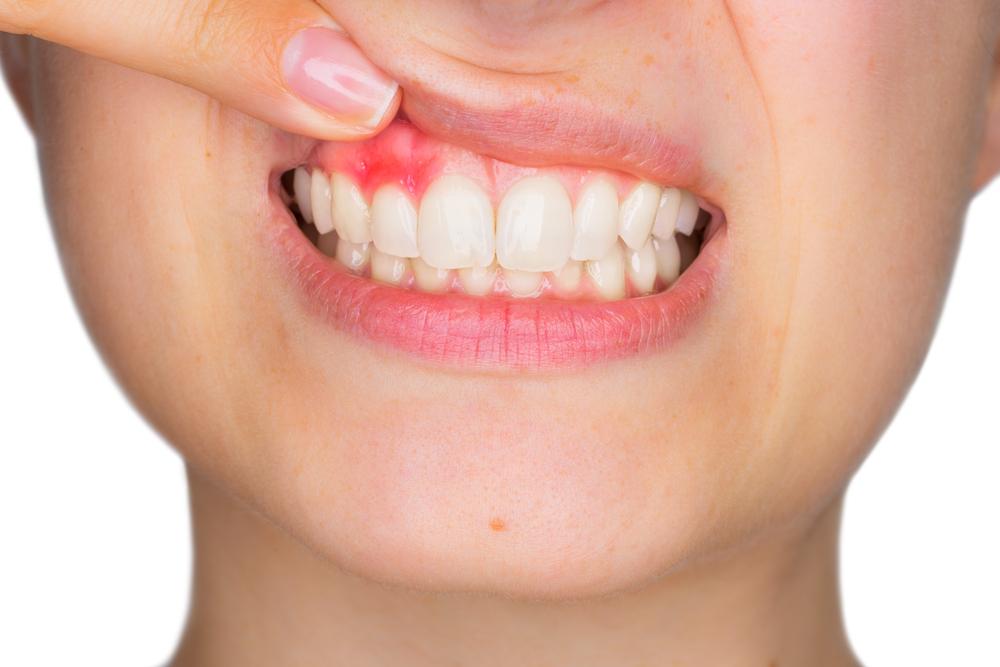What is Gum Disease?
We’re all familiar with the basic concepts of gum disease, in that it bears a fairly descriptive title, but few of us know what it really is, how it works, and most importantly, how we can prevent it.
At Langley’s Dental Practice, we get asked about gum disease fairly often, and so we thought we’d take this opportunity to clue you in. So read on if you’re worried about what gum disease is, and how you can avoid it.
First things first, what exactly is gum disease?
Gum disease is actually an umbrella term used to refer to multiple afflictions that can impact the gum area. Depending on your symptoms, you can get a clue which one is your issue, but really, the best way to understand what’s going on is by scheduling an appointment with a qualified dental practitioner, who will investigate, and accurately determine the right course of treatment.
Gum disease usually refers to either gingivitis or periodontitis. Now, the two are closely related, with untreated gingivitis often giving way to the much more serious condition known as periodontitis.
Gingivitis
Gingivitis is the primary stage of gum disease, and usually manifests itself through raw, bleeding, or swollen gums. While this may sound unpleasant, you won’t actually experience much discomfort at this stage, which makes it tricky to know when you should see a dentist.
The truth is, the sooner you catch gingivitis, the easier it is to reverse and treat with proper oral care at-home, and sometimes with expert intervention.
Periodontitis
Periodontitis is characterized by gravity, with dentists assigning a stage of the disease that represents the advancement. With time, periodontitis can cause the teeth to become loose, or even displaced from the gums. With the accumulation of plaque, this also leads to toxins and bacteria gathering underneath the teeth, and causing serious infection along the gums.
As periodontitis advances, it gradually destroys gums and even the bones underneath, and can lead to permanent damage.
What are the symptoms of gum disease?
In order to accurately determine the issue with your gums, you need to write down every symptom that may be bothering you. The most common symptoms of gum disease include:
- Red and swollen gums that may feel tender to the touch;
- Receding gums (that expose more of your tooth than is normal);
- Bleeding when brushing, flossing, or even sometimes, whilst eating;
- Open sores in your mouth;
- Pus oozing from the spaces between your gums and your teeth;
- Suddenly loose teeth or dentures (since gum disease alters the way your teeth fit together, and implicitly, the way your dentures do).
What to do:
If you’re experiencing any of the above symptoms, we recommend that you contact your dentist immediately for an appointment. As mentioned, untreated gingivitis can turn into periodontitis, which causes serious damage, and is difficult to treat. It’s better to make an appointment only to discover it was nothing, than risk the permanent destruction of your gums, denture, and bones.



